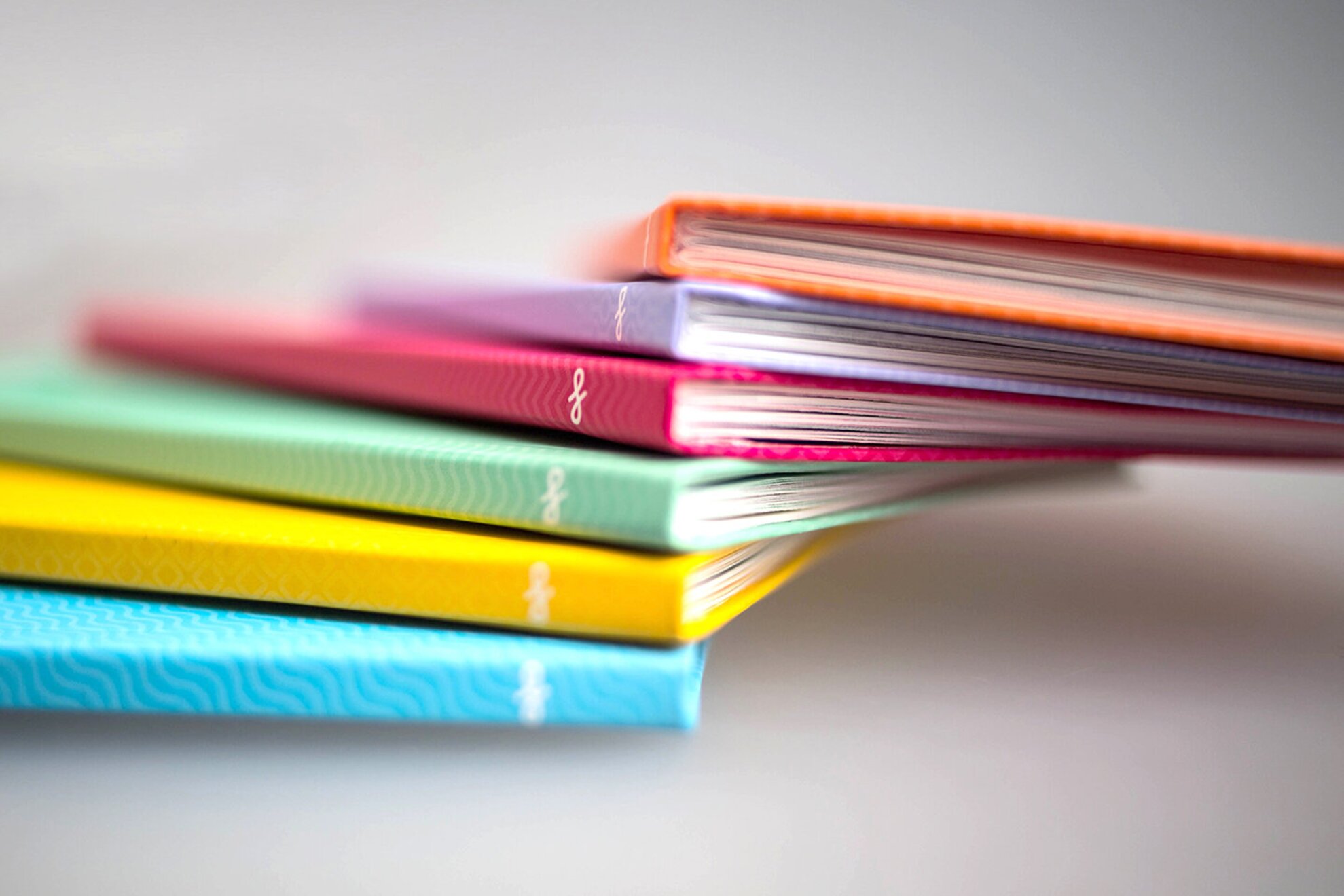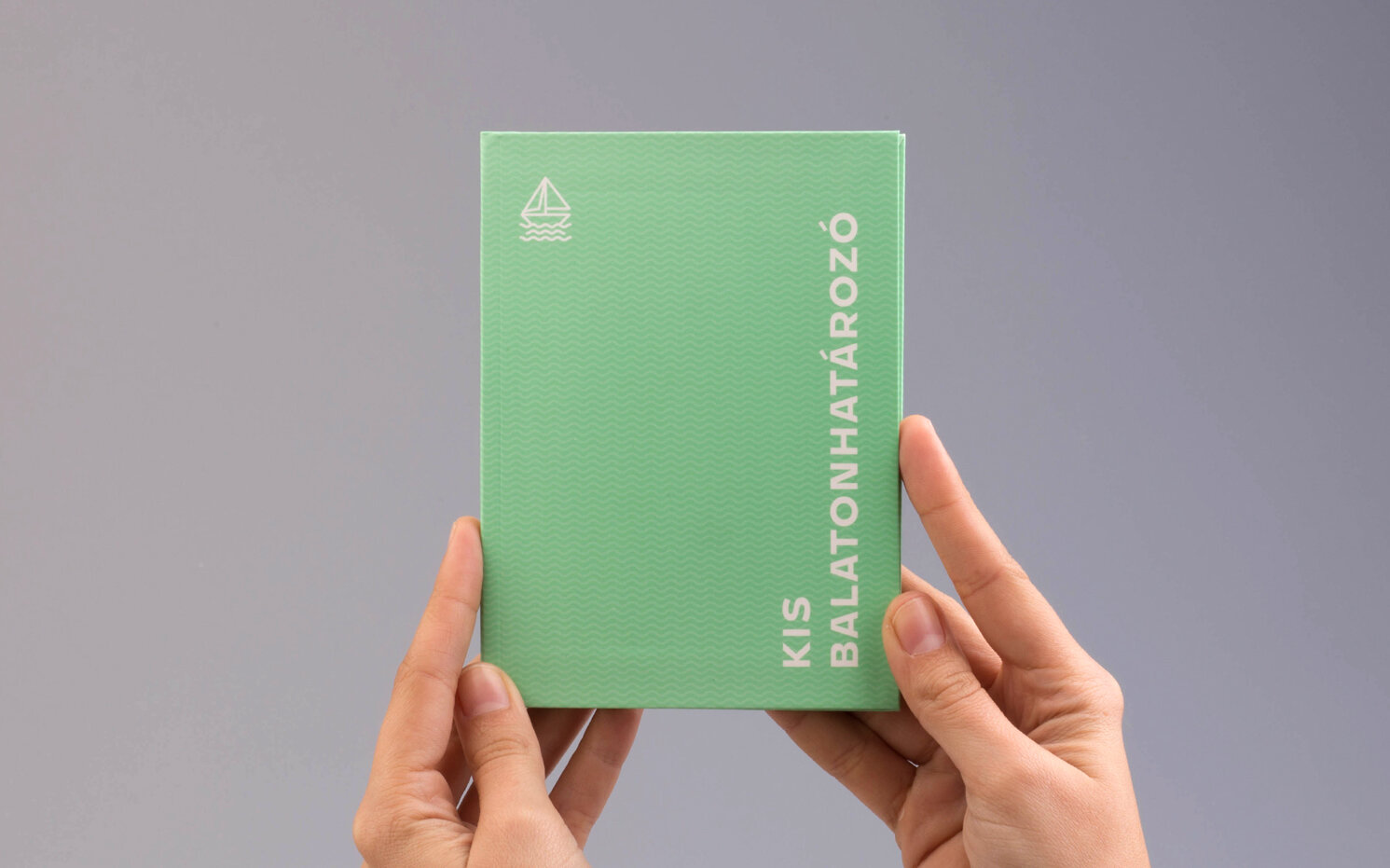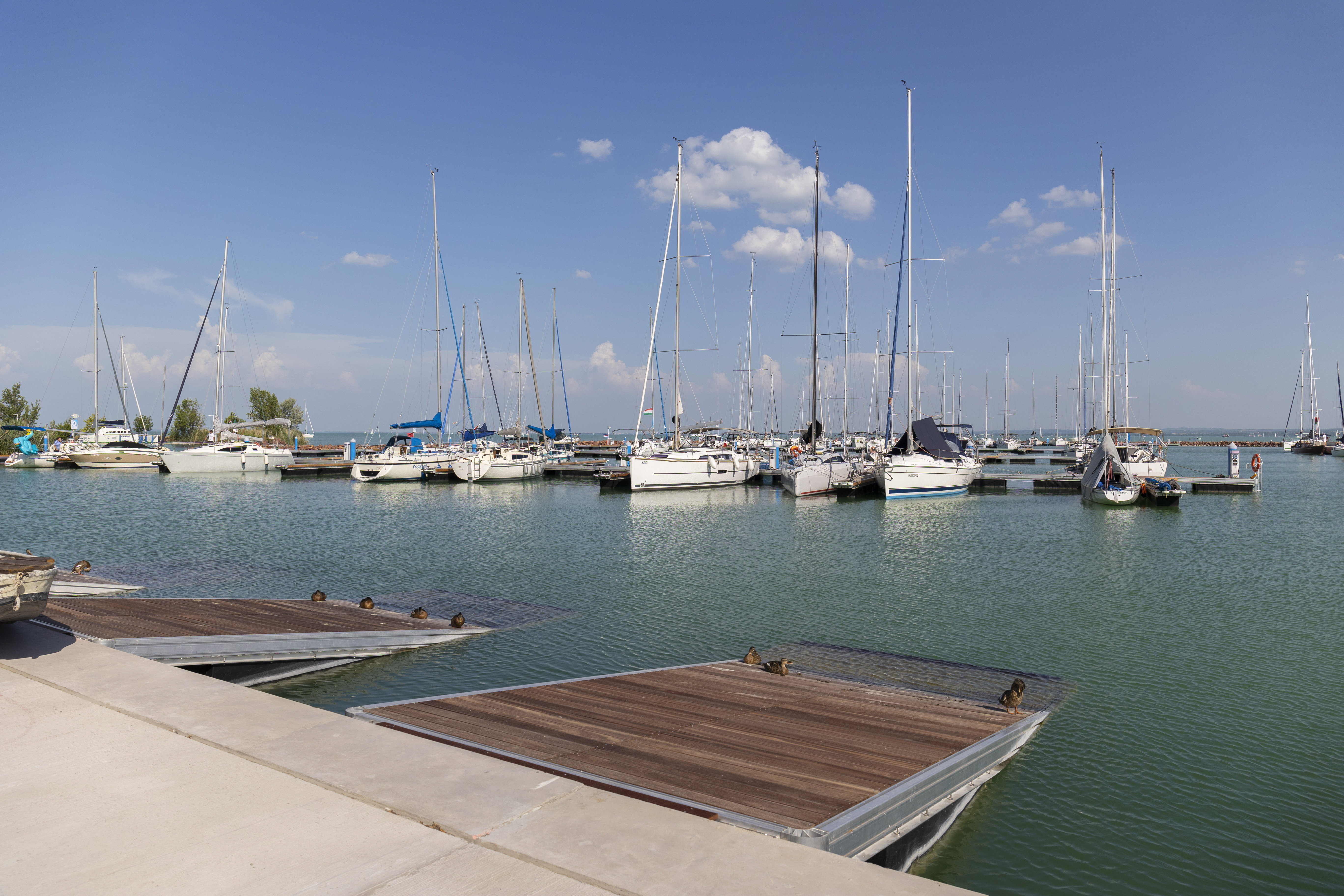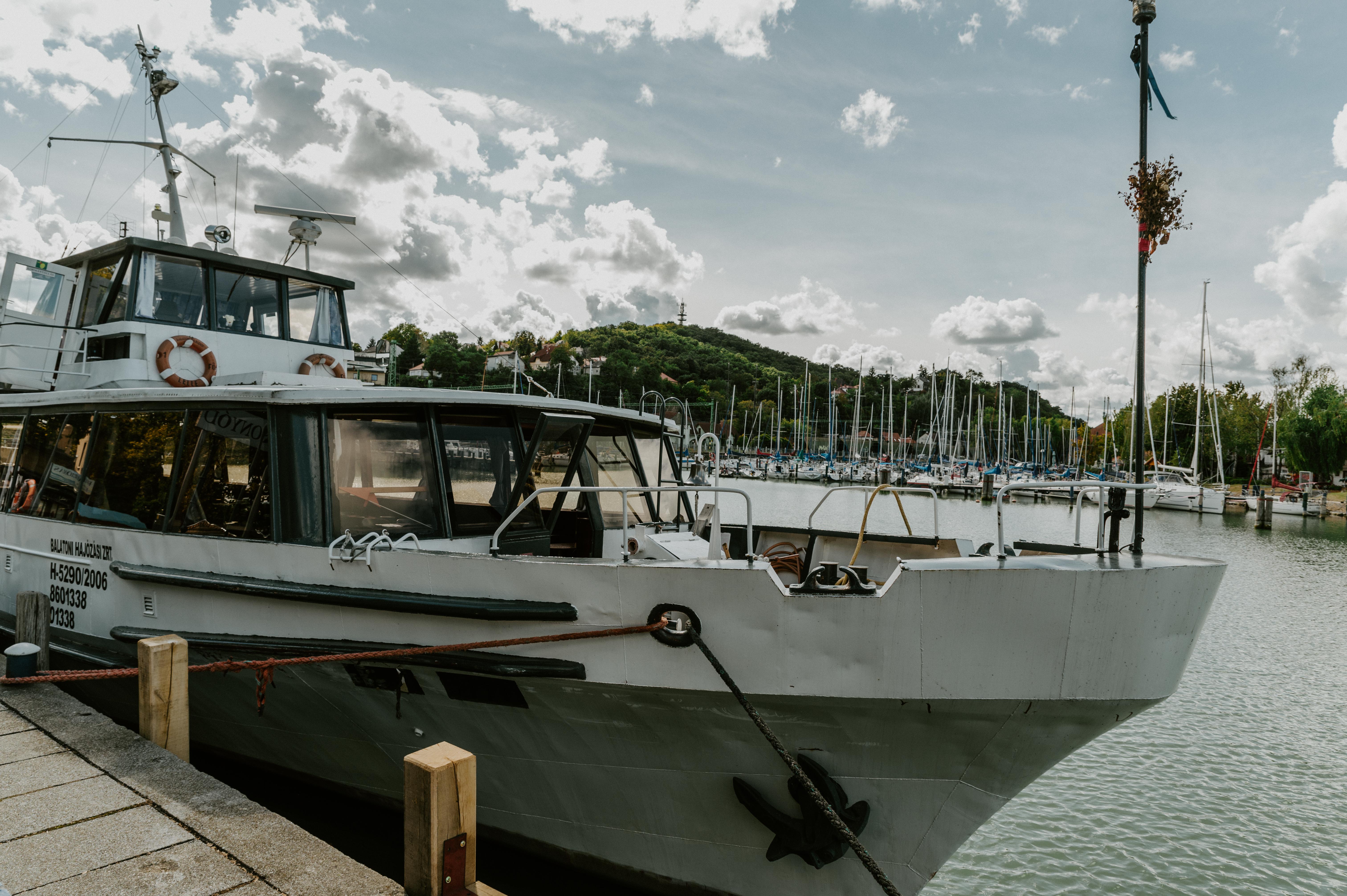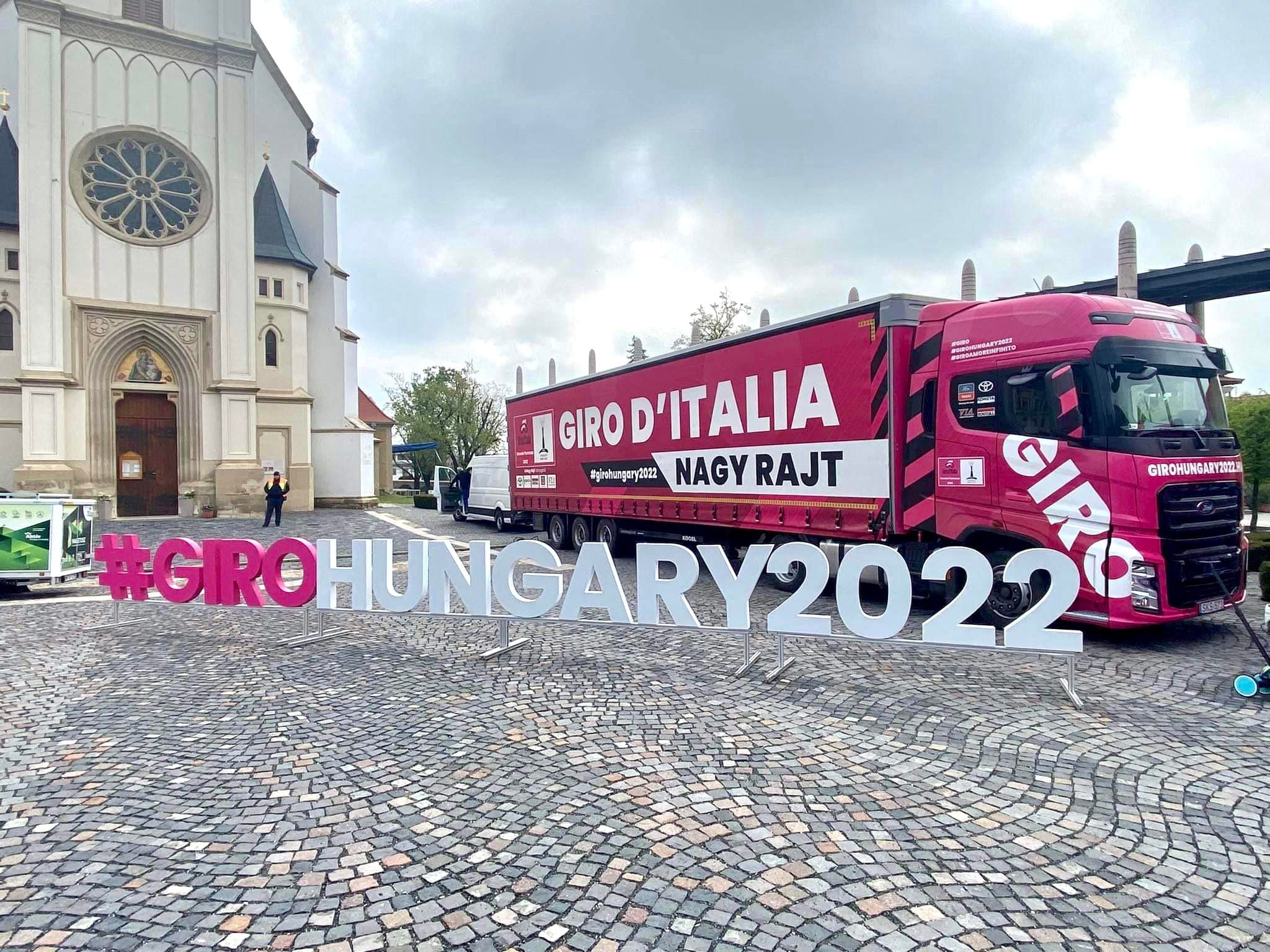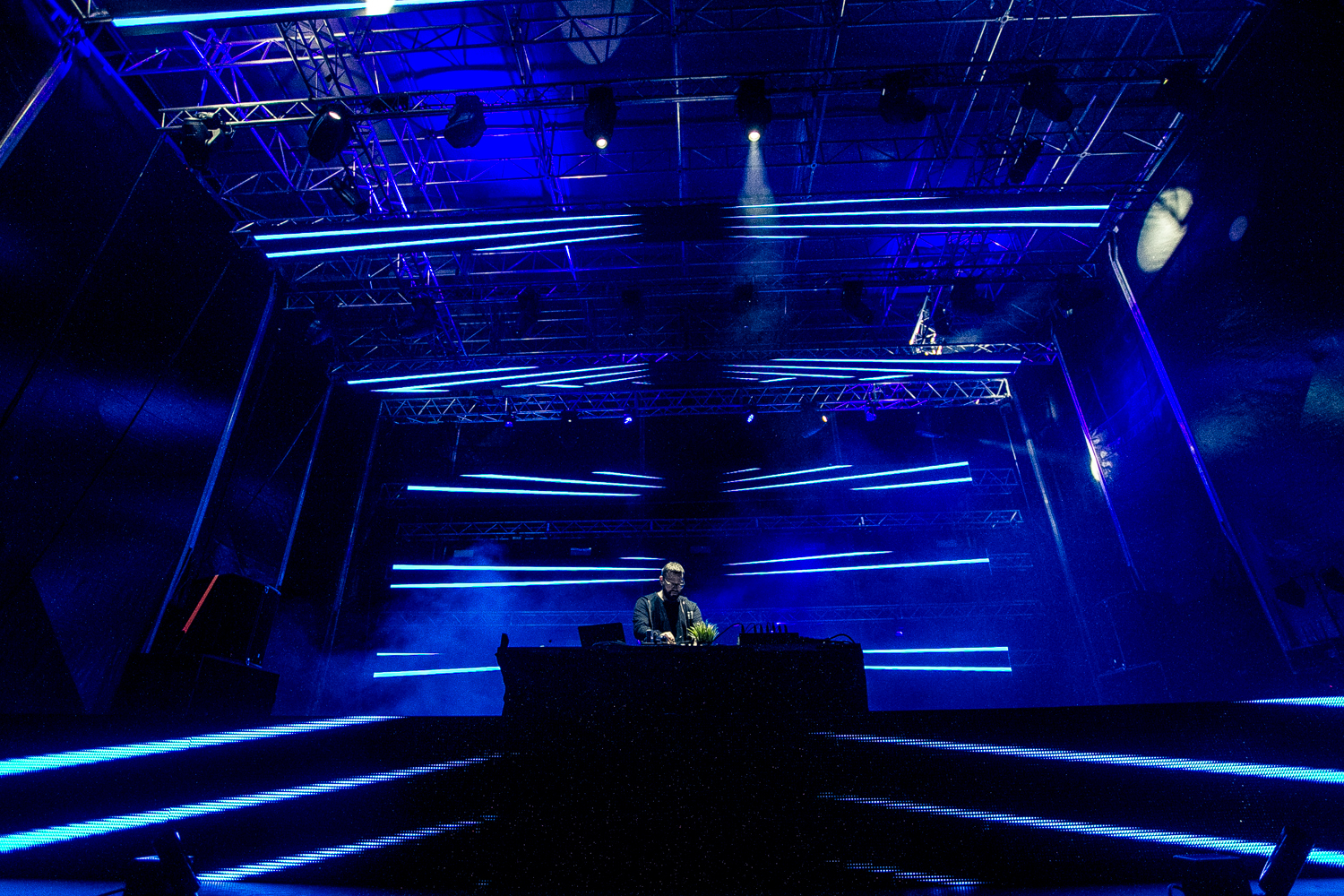The freshest bright spot of the Hungarian souvenir market, the currently 6-volume Little Hungaropedia series premieres on Thursday. Tired of the dumping of commercial souvenirs, Zsófi Szabó took her Moholy-Nagy University BA thesis to the level of an artistic project viable in real life in the last three years: 'There is a sense of mission in the choice of Hungaricums (phenomena specific to Hungary), because - as a designer - I am very much disturbed by the visual pollution that is also apparent in the selection of the souvenir market. I wanted to add a new colour.'
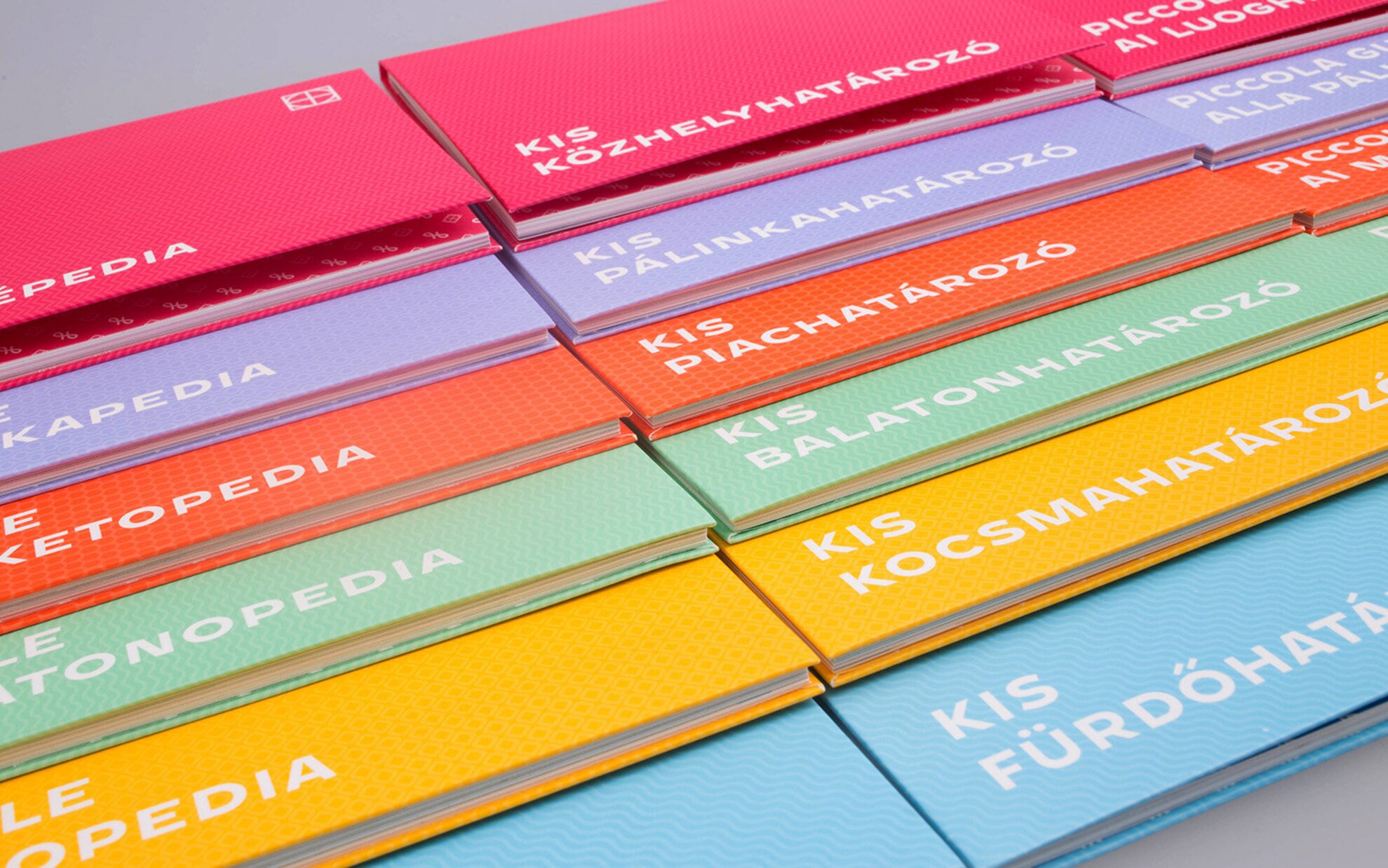
Zsófi travels a lot, especially by budget airlines, so her own experiences dictated that the compact size of the Little Hungaropedia series was as important as the attempt to mirror a certain location-specific, contemporary view. She wanted the booklets and the graphics to convey her own opinion.
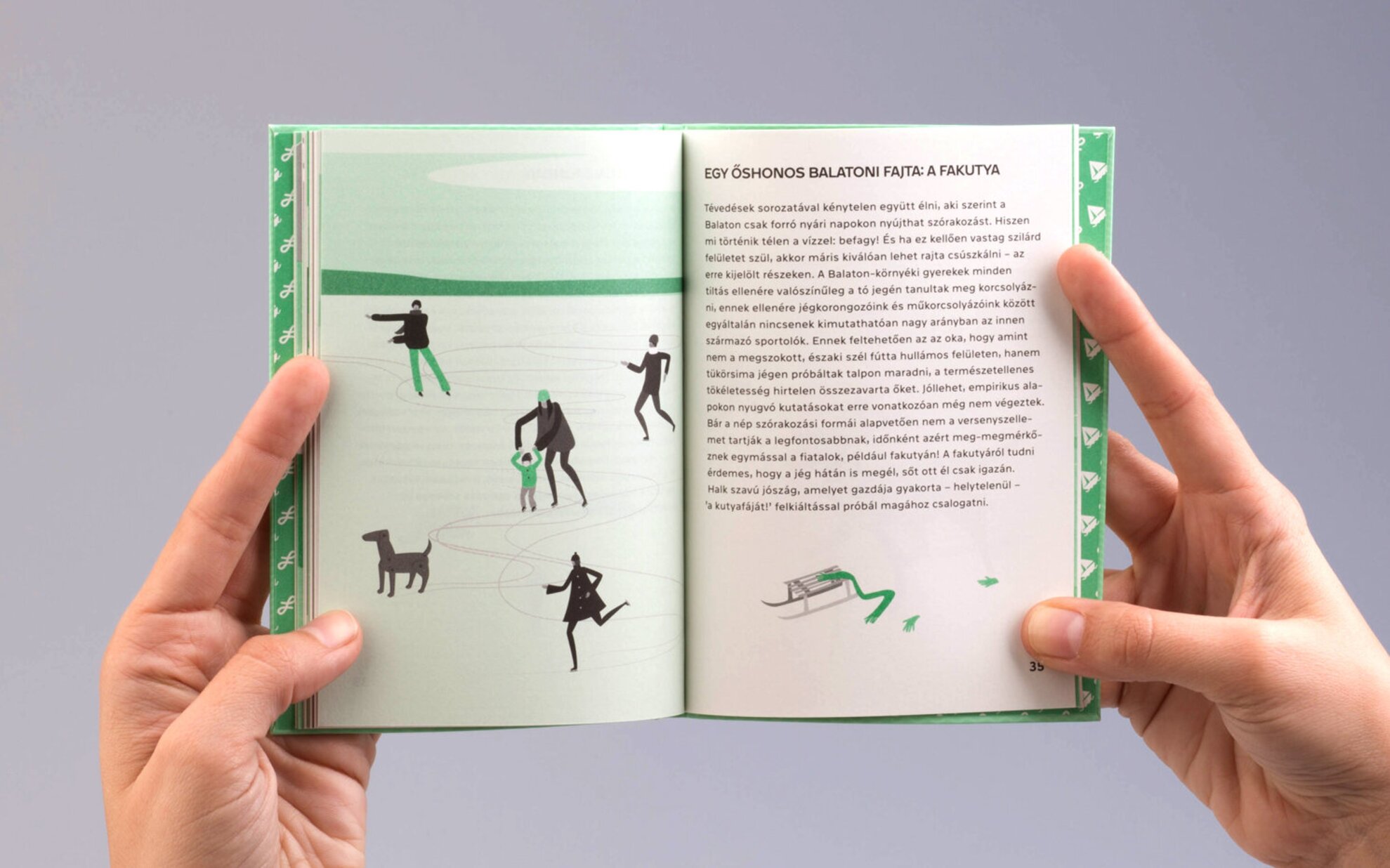
As for the target audience of theLittle Hungaropedia series, it's an easy question: it's for everyone. The series strike a light, still serious note, so the English and the Italian translation can be a funny but useful tome of knowledge for foreigners, while the original is a self-ironic and subjective tale of times to Hungarians.
The Gastro-Tourism chapter, for example, starts with the picture of a lángos for 350 HUF, but the hake, the corn-on-the-cob, the fried bream and the pancakes are also integral parts of the picture that evokes the eateries of the socialist era but is still relevant today. Zsófi thinks that expat Hungarians and their children or grandchildren might find special joy in browsing the pages of the thesaurus series.
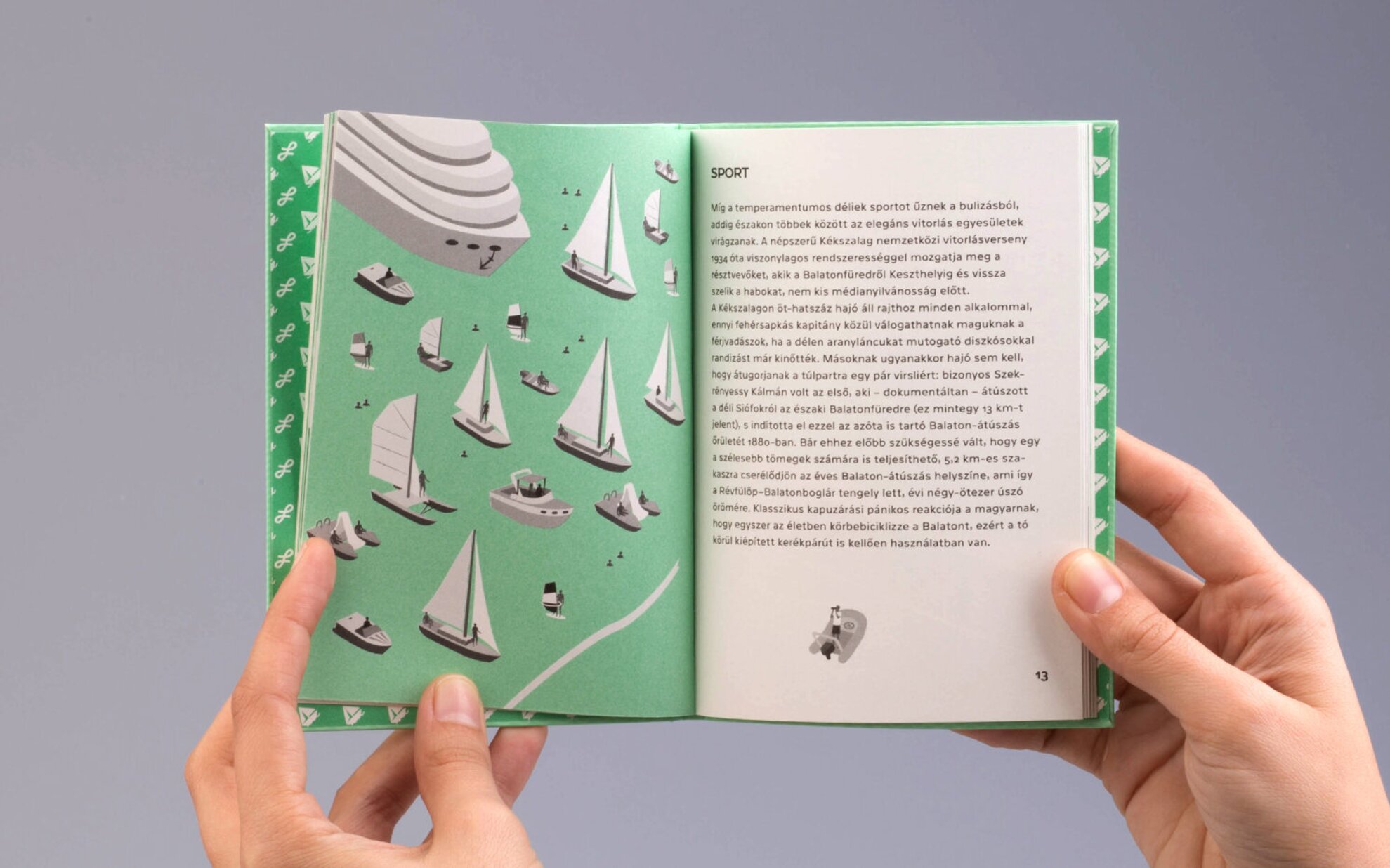
Unsurprisingly, we were most interested in the Little Hungaropedia: this volume was the first to be completed out of the 6. The text was written by Zsolt Hanula. 'People create from their memories', says Zsófi in answer to the inquiry about the origin of ideas. She's been seen by the eastern basin of Lake Balaton every year since her childhood: she sailed a lot with her dad, and followed a pattern of long talks, walks and even longer swims with her mother.
The subjective point of view, of course, expands to more than a childhood: the section 'Contains traces of water' also mentions the eels that were introduced to the Lake at the end of the 1960ies and became the floating nightmare of the 1990ies. In addition to the aversion of seeing them, Zsófi also feels angry about the eels, 'They laid waste to the wildlife of Lake Balaton, devouring the eggs of other fish species, pushing them to the verge of extinction.'
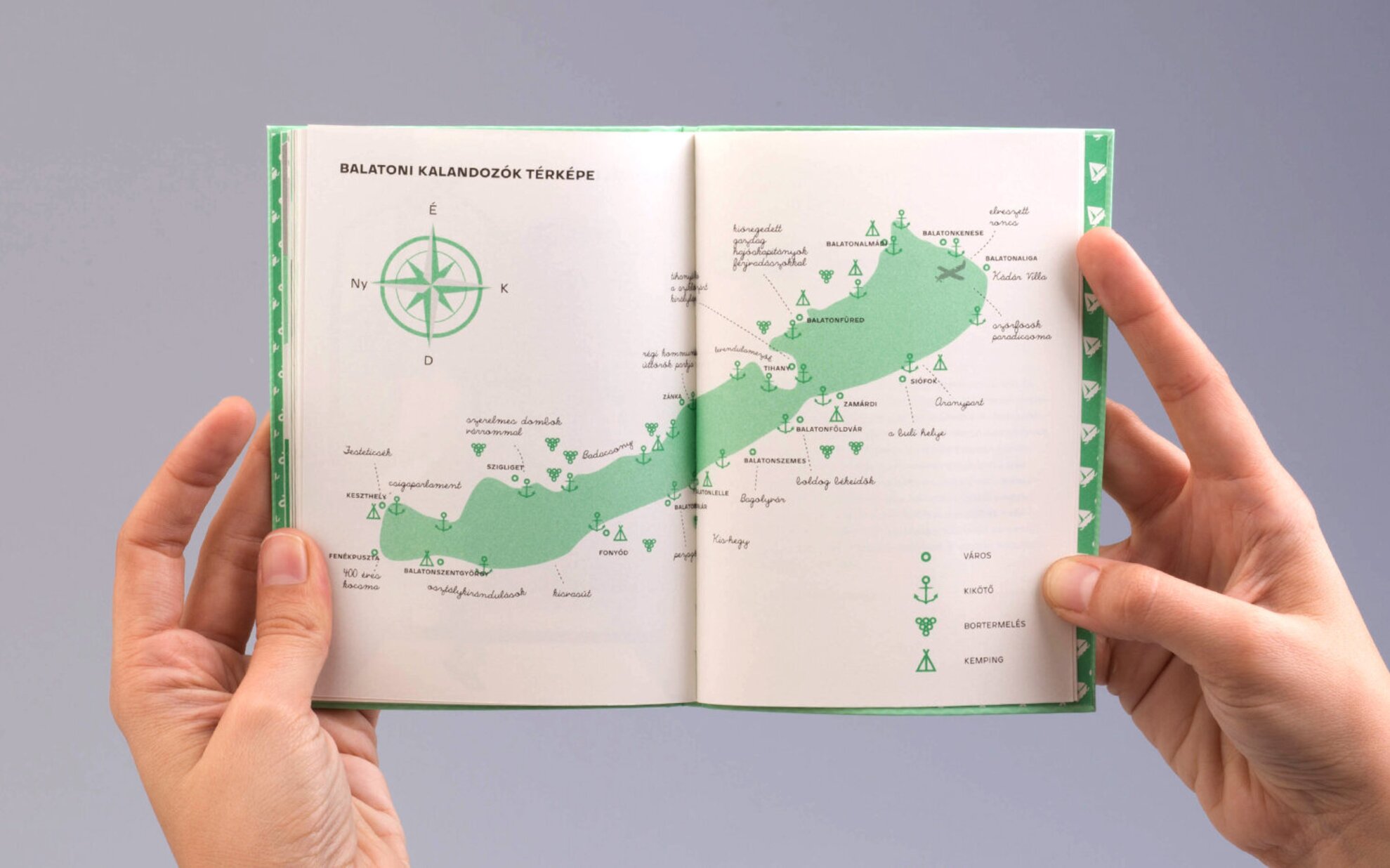
The personal nature of the booklet is reinforced by the Balaton map at its end: in addition to the larger settlements and related keywords, only the marinas, wine production hotspots and camping sites are displayed. There is also a 'Notes from the beach' section by the end of the book, and some blank space for your own thoughts by the end of each chapter.

'I'd like to underline subjectivity. Hungaricum is something You consider to be a Hungaricum, in your subjective experience. Everyone can add their own experiences.' explains Zsófi, and reveals she'd add her swims with her mum here.
